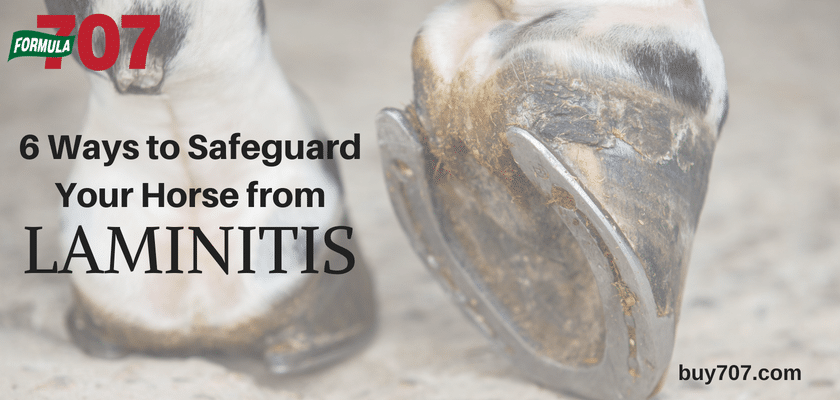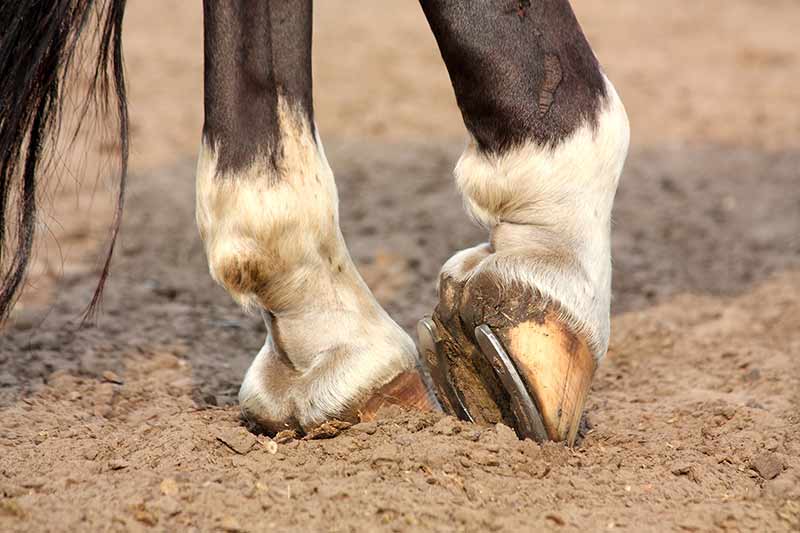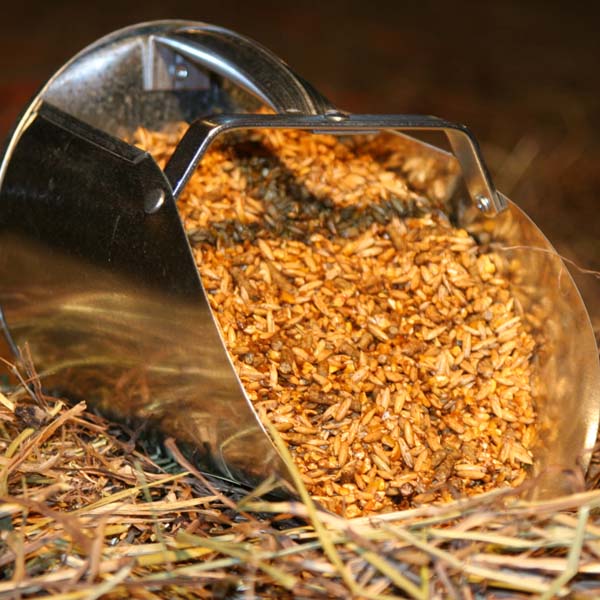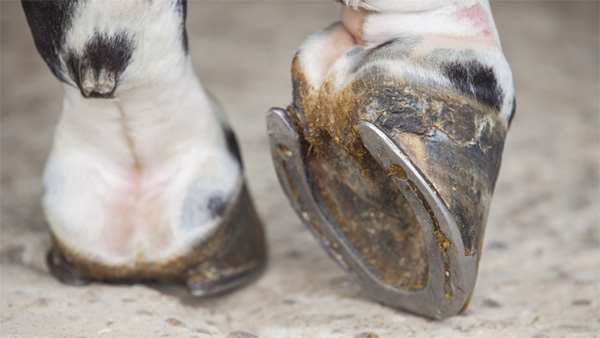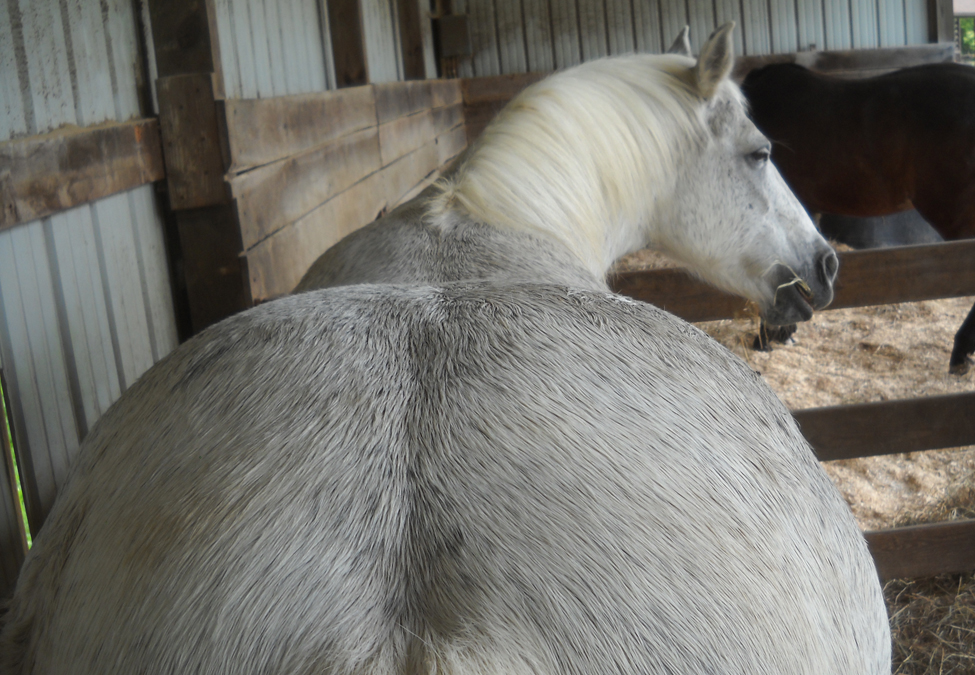After a long journey due to the transportation of horses introduction to the new environment staying a long time in hard standing riding horses in the unknown trail and unfamiliar stablemates may also lead to laminitis.
Causes of laminitis due to overfeeding.
Essentially there are three main causes of laminitis.
Laminitis inflammation of the lamina of the hoof is a common and potentially devastating foot problem that affects all members of the equine family.
Horses ponies donkeys mules and wild equids the disease process involves a breakdown of the bond between the hoof wall and the distal phalanx commonly called the coffin bone pedal bone or third phalanx p3.
Laminitis is a disease of the foot that can vary in severity from the merest hint of lameness to a situation described as sinking which can be fatal.
As you can see knowing the cause is essential in order to avoid the events causing laminitis and also to prevent future episodes of laminitis.
Anytime they have an injury and must bear weight unevenly there is a huge risk of laminitis due to overload in that weight bearing limb.
In severe cases of laminitis the pedal bone can sink and rotate due to the inability of the damaged laminae to support it and from the pull of the deep digital flexor tendon.
Overload laminitis cases will need to be treated by supporting the limbs with the aim of correcting the cause of the overload.
Consider that a common cause of laminitis is overfeeding a management factor that is normally within our control.
The laminae are responsible for supporting the pedal bone in the hoof and thus the weight of the animal.
Also the different causes of laminitis may need different types of care.
As laminitis develops the attachment of the pedal bone to the hoof wall starts to fail leaving the pedal bone to rotate and point towards the sole and in the worst cases to sink right through it.
Laminitis caused by overload.
The greeks aristotle associated equine laminitis with indigestion.
Laminitis has been described in many species but is most common in equine and bovine.
By learning more about laminitis and its causes signs and treatments you may be able to minimize the risks of laminitis in your horse or control the long term damage if it does occur.
Horses and ponies are heavy creatures.
The greek name of the disease kritiasis relates to overfeeding of barley.
Due to rapid fermentation in the hindgut changes in gut ph and perhaps also due to changes in glucose and insulin dynamics.
Overload metabolic and inflammatory.
Although bovine laminitis is most common in dairy cows it has been reported in all ages and sexes.








